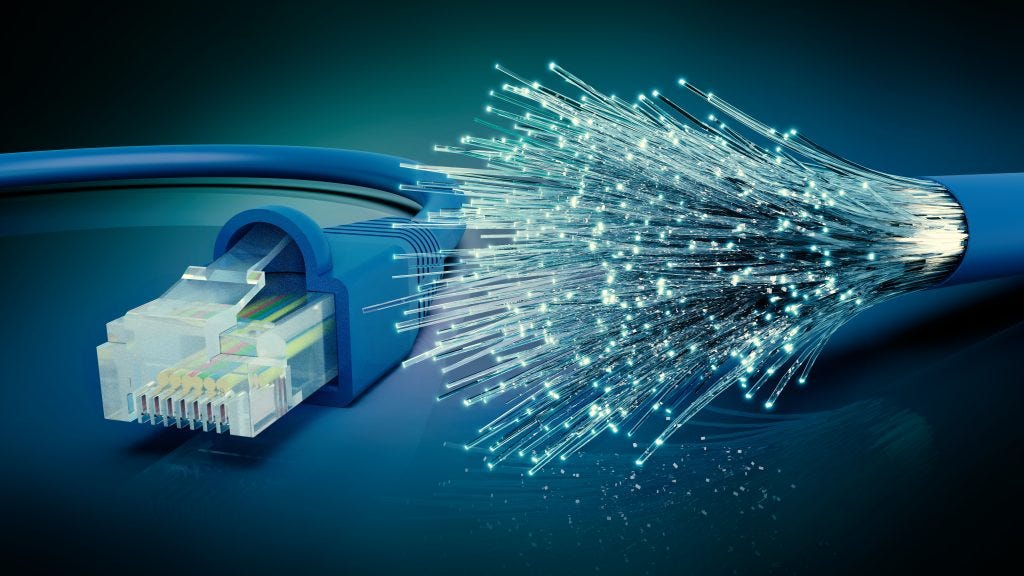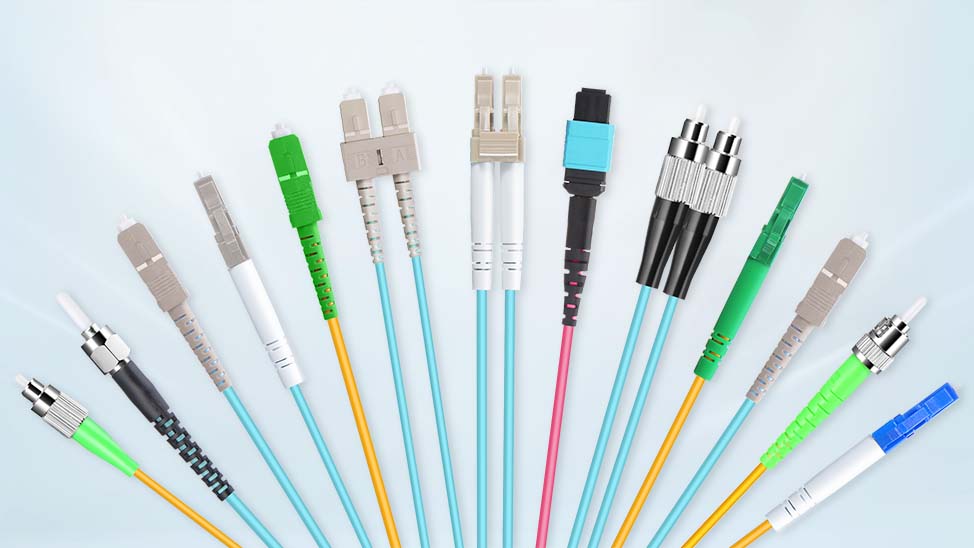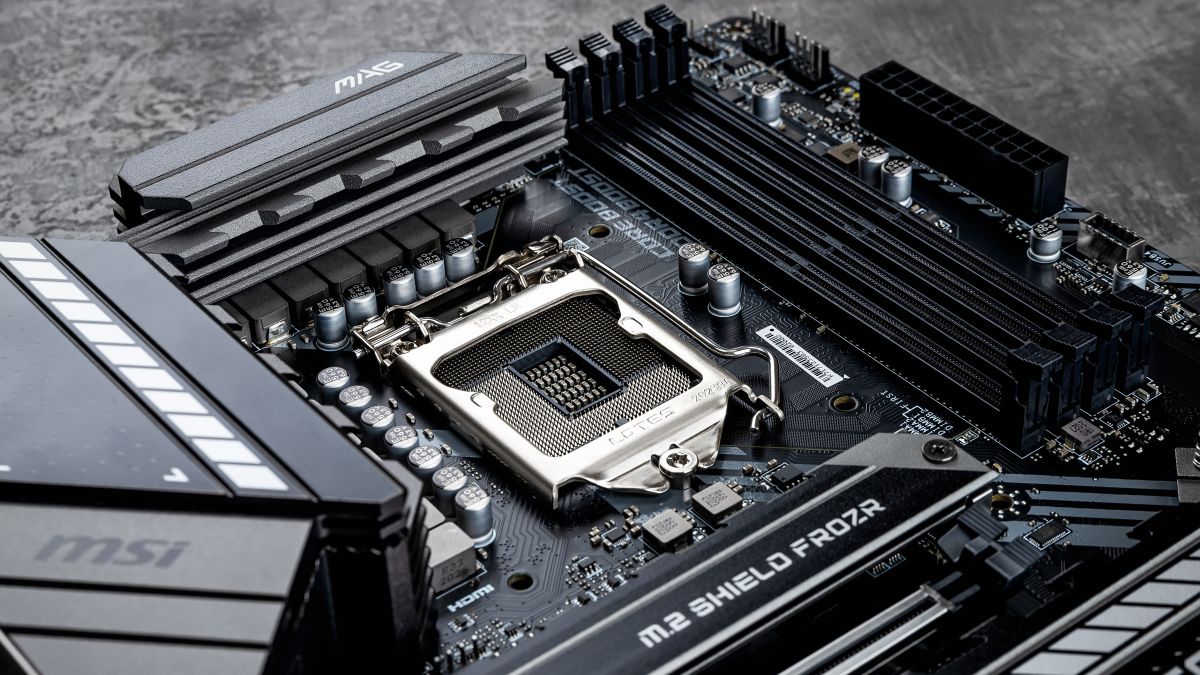In the world of networking, choosing the right type of cable is essential for ensuring efficient data transmission. Whether you’re setting up a small office network or a large-scale data center, various types of cables are available, each with its own set of advantages and disadvantages. In this article, we’ll delve into the characteristics of five common types of networking cables: single-mode fiber, multimode fiber, coaxial, unshielded twisted pair (UTP), and shielded twisted pair (STP).
Single-Mode Fiber
Single-mode fiber (SMF) is designed to carry light directly down the fiber without multiple pathways. It boasts a small core size, typically around 9 microns, which allows only one mode of light to propagate. Here are its key features:
Advantages:
- Long Transmission Distances: SMF can transmit data over long distances, making it ideal for telecommunications and wide-area network (WAN) applications.
- High Bandwidth: It offers high bandwidth capacity, enabling faster data transmission rates compared to other cable types.
- Low Attenuation: SMF experiences minimal signal loss over long distances, ensuring data integrity.
Disadvantages:
- Cost: Single-mode fiber tends to be more expensive than multimode fiber, primarily due to the precision required in manufacturing and installation.
- Complexity: Its narrow core size requires precise alignment, making installation and maintenance more complex.
- Optical Interfaces: Compatible devices and equipment must have compatible optical interfaces, adding to the overall cost.
Multimode Fiber
Multimode fiber (MMF) allows multiple modes of light to propagate through the fiber. It typically has a larger core size (around 50 to 62.5 microns) compared to single-mode fiber. Here are its characteristics:
Advantages:
- Cost-Effectiveness: MMF is generally more affordable than SMF, making it a preferred choice for short-distance applications within buildings or campuses.
- Ease of Installation: Its larger core size and tolerance to alignment errors make installation easier and less time-consuming.
- Compatibility: Multimode fiber is compatible with a wide range of network equipment, offering flexibility in network design and implementation.
Disadvantages:
- Limited Distance: MMF has higher signal attenuation compared to SMF, limiting its transmission distance, especially for high-speed applications.
- Modal Dispersion: The presence of multiple modes of light can lead to modal dispersion, causing signal degradation and reducing bandwidth capabilities over long distances.
- Bandwidth Limitations: As data rates increase, the bandwidth limitations of MMF become more pronounced, necessitating upgrades or migration to single-mode fiber.
Coaxial Cable
Coaxial cable consists of a central conductor surrounded by an insulating layer, a metallic shield, and an outer insulating layer. It has been widely used for various applications, including cable television and networking. Here are its features:
Advantages:
- Shielding: Coaxial cable provides excellent shielding against electromagnetic interference (EMI) and radio frequency interference (RFI), ensuring reliable data transmission.
- Wide Range of Applications: It is suitable for both residential and commercial applications, including cable TV, internet access, and CCTV systems.
- Longer Transmission Distances: Coaxial cable can transmit data over relatively long distances without significant signal degradation.
Disadvantages:
- Limited Bandwidth: Coaxial cable has a limited bandwidth compared to fiber optic cables, restricting its suitability for high-speed networking applications.
- Bulkiness: It is bulkier and less flexible than twisted pair cables, making installation more challenging, especially in tight spaces.
- Susceptibility to Damage: Coaxial cables are susceptible to damage from bending or crushing, requiring careful handling during installation and maintenance.
Unshielded Twisted Pair (UTP)
Unshielded twisted pair (UTP) is perhaps the most common type of networking cable, widely used in Ethernet networks. It consists of pairs of insulated copper wires twisted together. Here are its characteristics:
Advantages:
- Cost-Effectiveness: UTP is one of the most cost-effective networking cable options, making it suitable for both residential and commercial installations.
- Flexibility: It is more flexible and easier to install compared to coaxial or fiber optic cables, thanks to its smaller size and lightweight construction.
- Widespread Compatibility: UTP cables are compatible with a wide range of networking equipment, making them a versatile choice for various applications.
Disadvantages:
- Susceptibility to Interference: UTP cables are prone to electromagnetic interference (EMI) and radio frequency interference (RFI), especially in environments with high electrical noise.
- Limited Transmission Distance: Compared to fiber optic cables, UTP has shorter transmission distances, typically up to 100 meters without the use of repeaters or signal boosters.
- Performance Degradation: Signal quality and data transmission speeds may degrade over longer distances or in the presence of interference, impacting network performance.
Shielded Twisted Pair (STP)
Shielded twisted pair (STP) cable is similar to UTP but includes additional shielding to protect against electromagnetic interference (EMI) and radio frequency interference (RFI). Here are its key features:
Advantages:
- Improved Noise Immunity: STP provides better protection against EMI and RFI compared to UTP, making it suitable for use in environments with high electrical noise.
- Enhanced Performance: The shielding helps maintain signal integrity and reduces the risk of signal degradation, allowing for higher transmission speeds and longer distances.
- Security: The shielding also provides some level of security by minimizing the risk of signal interception or eavesdropping.
Disadvantages:
- Cost: STP cables are generally more expensive than UTP cables due to the added shielding material and manufacturing complexity.
- Complexity: The additional shielding adds bulk and stiffness to the cable, making installation more challenging and less flexible compared to UTP.
- Grounding Requirements: Proper grounding of the cable and connectors is essential to ensure effective shielding and minimize the risk of ground loops or interference issues.
In conclusion, each type of networking cable has its own set of advantages and disadvantages, and the choice ultimately depends on factors such as budget, performance requirements, environmental conditions, and compatibility with existing infrastructure. By understanding the characteristics of single-mode fiber, multimode fiber, coaxial, unshielded twisted pair, and shielded twisted pair cables, network designers can make informed decisions to ensure optimal performance and reliability in their networking environments.




Comments (0)